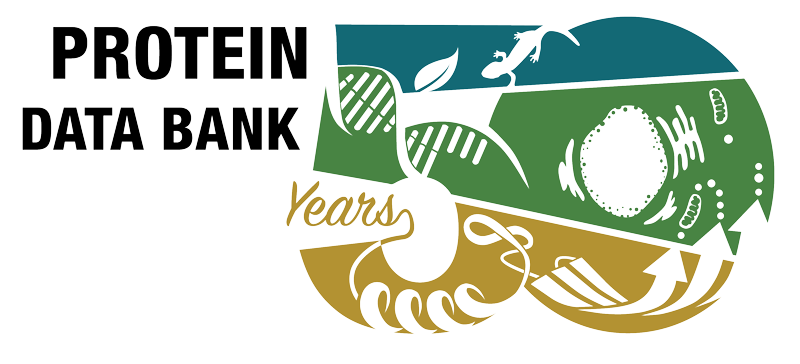Abstract
In an attempt to increase the antimicrobial activity of the insect defensin from Anopheles gambiae, which is active against Staphylococcus aureus at low concentration, hybrid defensins were designed by combining conserved sequence regions and variable regions of insect defensins. Their activity against S. aureus strains sensitive and resistant to conventional antibiotics was evaluated, and the toxicity of the most active molecules was tested. The three-dimensional structure of Anopheles gambiae defensin and five hybrids were determined by NMR and molecular modelling. This strategy led to the design of two chimeric defensins with increased activity compared with the native molecule, but one of them appears to be toxic to mice at a rather low concentration. The structure of the CS alphabeta motif, which is a characteristic of insect defensin, is sensitive to sequence modifications, in particular in the N-terminal loop. The existence of the CS alphabeta is most probably a prerequisite for the stability and the activity of the molecule, but is not sufficient by itself since the hybrid displaying the best defined structure is not active against the tested strains. The analysis of the structure, in relation with the activity and the toxicity data, underlines the importance of turns and of the N-terminal loop. Residues located in the turns contributing to the preservation of positive electrostatic areas at the surface of the molecules seem particularly important for the activity of the molecule, while residues involved in the N-terminal loop are both involved in the modulation of the activity and the toxicity of the molecule.



 PMID:
PMID: 